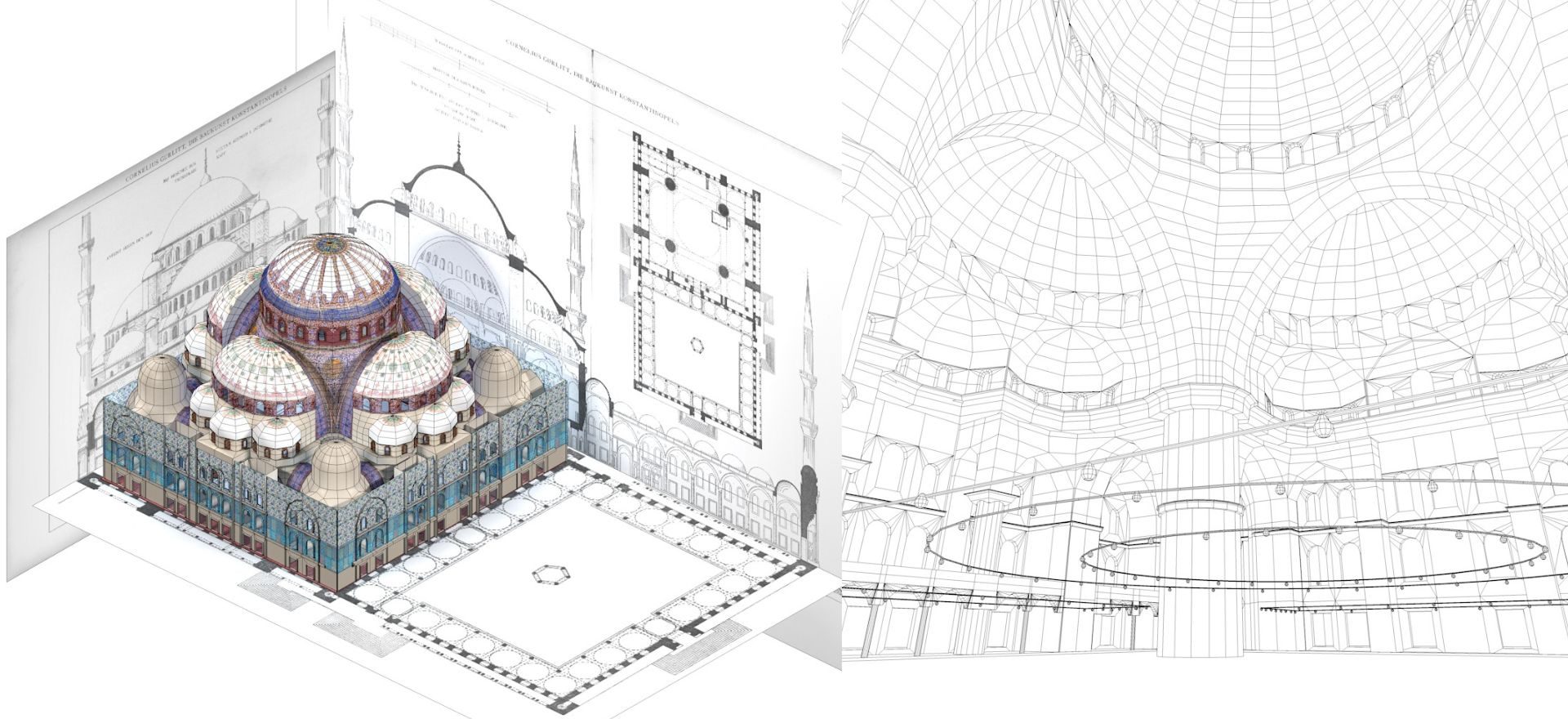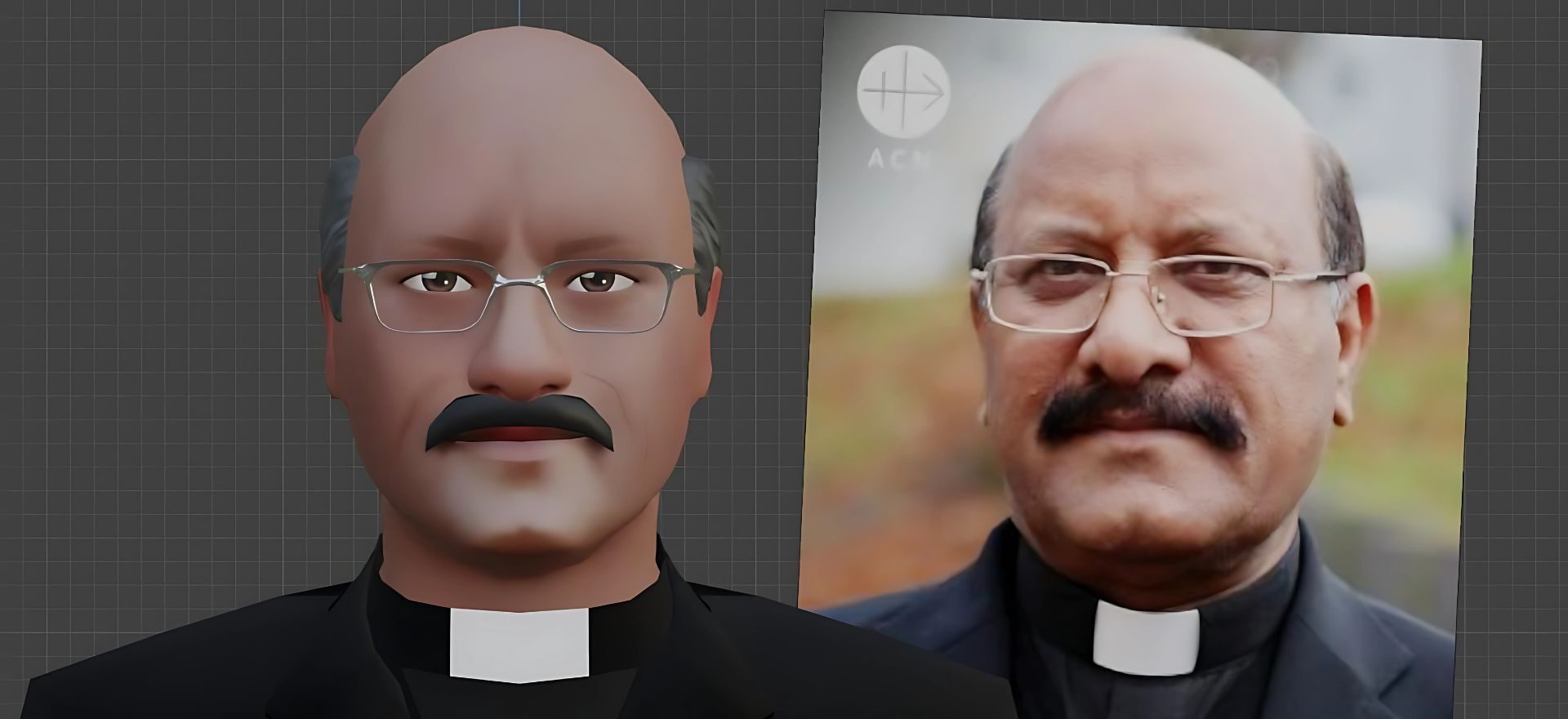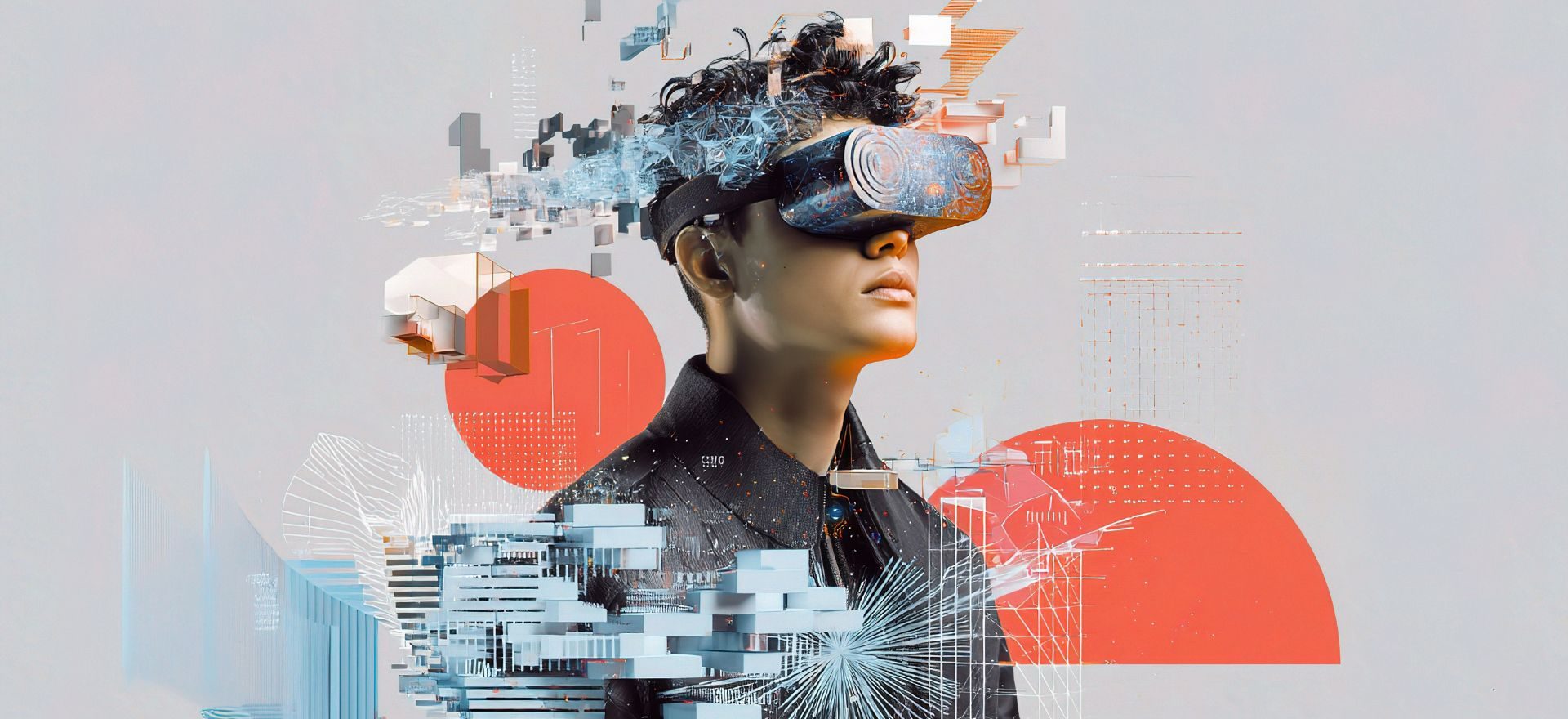The Overview Effect in Your Living Room: Space-Based Peacebuilding Without Rockets
Astronauts universally report unity consciousness when seeing Earth from space—the “overview effect” that dissolves national boundaries in favor of planetary perspective. Our International Space Station module recreates this transformative experience for earthbound peacebuilders, enabling participants to conduct interfaith dialogue while gazing at their shared blue planet from virtual orbit, generating measurable increases in global empathy.









